When walking down the historic streets of Austin or enjoying the vibrant nightlife in Houston, Texans carry with them a unique set of rights protected under state law. Among these rights is the state’s “Stand Your Ground” statute—a legal doctrine that has stirred intense public debate and legal scrutiny. As of 2025, this law continues to shape how self-defense cases are interpreted in courts across Texas. This article explores its origins, application, statistics, real-life examples, and ongoing challenges, offering a comprehensive understanding of the doctrine in modern Texas.
What Is “Stand Your Ground”?
“Stand Your Ground” is a principle in Texas criminal law that removes the duty to retreat before using force—even deadly force—when a person is legally present, not engaged in criminal activity, and reasonably believes such force is immediately necessary to prevent death or serious bodily harm to themselves or others.
In essence, if you’re lawfully standing your ground in a parking lot in Dallas, at a cafe in San Antonio, or a music festival in Fort Worth, and someone threatens you with imminent bodily harm, Texas law allows you to respond with proportional force without retreating—provided you meet the legal criteria.
Historical Roots: Castle Doctrine to Stand Your Ground
The roots of Stand Your Ground in Texas extend deep into the Castle Doctrine, a concept symbolically derived from medieval law: “a man’s home is his castle.” Texas formally adopted its Castle Doctrine in 2007, enabling homeowners to use deadly force against intruders without first having to retreat.
-
2007: The Texas Legislature passed Senate Bill 378, affirming the right to use deadly force in a dwelling and vehicles without retreating.
-
2015–2020 and beyond: Over the years, statutory updates clarified and extended these protections into public spaces, removing retreat requirements when legally present and justified.
Together, these laws form the backbone of Texas self-defense rights: force may be used when justified, and retreat is not required under certain conditions—mirroring constitutional carry policies adopted since 2021.
Statutory Framework (2025 Edition)
As of 2025, several sections of the Texas Penal Code are pivotal to Stand Your Ground:
-
Section 9.31 – Self-Defense: Allows force, including deadly force, when reasonably needed to protect oneself.
-
Section 9.32 – Defense of Others: Extends these rights to protect third parties.
-
Section 9.42 – Defense of Property: Permits force to recapture seized property.
-
Sections 9.31(c) & 9.32(c–d) – Stand Your Ground provisions: Explicitly remove duty to retreat for those legally present and not engaged in criminal acts.
Additionally, civil immunity statutes (Texas Civil Practice and Remedies Code Chapters 83–86) shield individuals from lawsuits if their use of force is legally justified under these self-defense codes.
Practical Application: Key Legal Requirements
To lawfully invoke Stand Your Ground in Texas, four key conditions must be met:
-
Legal presence – You must be in a place where you are authorized to be (e.g., public street, private property with permission, vehicle).
-
No unlawful provocation – You cannot have started or escalated the confrontation.
-
Not engaged in criminal activity – Even minor violations, like driving intoxicated, may disqualify the defense.
-
Proportionality and belief – You must have a reasonable belief that force is necessary, and the force used must be proportionate to the threat.
These requirements are evaluated from the perspective of a reasonable person in the same circumstances, which courts interpret through trial evidence.
Deadly Force and Property Defense
Deadly Force
Deadly force is only justified if there’s a reasonable belief of imminent danger:
-
In-home scenario: If someone breaks into your house in Irving or Corpus Christi, you can use deadly force without retreat.
-
In public: If confronted with unprovoked lethal threats—e.g., being pointed at with a deadly weapon—you may respond similarly without trying to escape the situation first.
Defense of Property
Section 9.42 allows force to recover property:
-
Example: If someone steals your vehicle in Plano and you pursue immediately, you may use non-deadly force. Deadly force is permitted only if:
-
The property is taken in your presence,
-
Appears with intent to steal, and
-
Could be immediately recovered without undue risk—or the thief uses force.
-
Texas courts interpret these provisions strictly to prevent misuse.
Civil Immunity: Shielding Responsible Action
Texas law provides strong protections from civil suits for justified uses of force:
-
Chapter 83: Bars personal injury or wrongful death claims if force was justified.
-
Chapter 86: Prevents convicted individuals from suing related to their criminal act or lawful defense.
2025 legislative updates consider expanding civil immunity further—introducing proposals to limit lawsuits even when charges are dropped or a case is dismissed.
Snapshot: Gun Laws & Self-Defense in 2025 Texas
-
Permitless Carry (Constitutional Carry): Since September 1, 2021, anyone 21+ may carry concealed or openly without a license, strengthening Stand Your Ground in public spaces.
-
Firearm fatalities: In 2021, Texas reported a firearm fatality rate of ~15 per 100,000—50% higher than in 1999.
-
These legal changes have occurred amid rising concern over gun violence, prompting debates on Stand Your Ground’s impact on community safety.
Real-World Spotlight: The Daniel Perry Case (Austin, 2020)
In July 2020, Austin resident Daniel Perry shot and killed Garrett Foster, who was legally carrying an AK-47 while protesting. The central debate: Did Perry reasonably perceive a lethal threat?
-
2023 Conviction: Perry was convicted of murder.
-
2024 Pardon by Gov. Abbott: He received a pardon based on self-defense grounds under Stand Your Ground. This sparked national controversy and calls for a federal review—raising concerns about vigilantism and the doctrine’s racial implications.
The case demonstrates the complex intersection of self-defense, public protest, and politics—underscoring the doctrine’s societal ramifications.
Statistical Trends & Controversy
-
A 2021 CDC report ranked Texas’ firearm death rate at 15 per 100,000, up significantly since 1999.
-
Critics argue Stand Your Ground has enabled unnecessary shootings and vigilante actions.
-
Supporters assert that it empowers law-abiding Texans to defend themselves without forced retreat.
While Texas-specific peer-reviewed studies are limited, research in other states (like Florida) reveals racial disparities in Stand Your Ground jury decisions—fueling calls for deeper analysis.
Ongoing Legal Developments & 2025 Proposals
In 2025, Texas legislators and activists are pushing for several reforms:
-
HB170 / SB1730: Expands civil immunity to those who threaten force—even without actual use.
-
HB2470: Lowers handgun permit age to 18–20, reinforcing legal rights for younger adults.
-
Broader protection bills: Aim to strengthen Second Amendment and self-defense rights at polling locations and bars, while preventing local gun buyback programs.
Despite proposals, some opponents cite public safety concerns and advocate for limits, such as mandatory de-escalation training or restrictions on civil immunity.
Key Cases & Judicial Guidance
Texas courts have reiterated the doctrine’s limits:
-
A shooter cannot claim Stand Your Ground if they instigated the conflict or used excessive force.
-
In public quarrels—parking lots, bars—evidence of imminent threat or timing (not retreat) determines legitimacy.
-
Civil suits may still succeed if criminal charges failed due to procedural grounds rather than merit.
Each case is fact-specific, and Texas courts balance individual rights with societal safety concerns.
How It Works: A Step-by-Step Scenario
-
Legal presence: In Galveston, Michael is walking home at night.
-
Unprovoked confrontation: Someone brandishes a knife and moves aggressively.
-
Reasonable fear: Michael believes his life is at risk.
-
Proportionate response: He draws his licensed firearm and warns the attacker, firing only when threatened.
-
Outcome:
-
In court, his defense asserts he did not provoke and responded proportionately.
-
Because Texas doesn’t require retreat or verbal de-escalation, he’s shielded from prosecution. If civil charges arise, statutory immunity still may protect him.
-
Practical Tips for Texans
-
Know your environment: Where are you legally allowed to be?
-
Avoid escalation: If possible, de-escalate or retreat—though not legally required.
-
Ensure proportionality: Only use deadly force when truly warranted.
-
Document diligently: Photographs, witness info, and written accounts can support your defense later.
-
Seek legal counsel: Especially after any force used. A lawyer can clarify how Stand Your Ground applies.
Conclusion
Texas’ Stand Your Ground law—which removes the duty to retreat in places one has a legal right to be—continues to evolve through legislative reforms, high-profile court cases, and broader national scrutiny. For Texans, it affirms the right to defend themselves and others without fear of legal consequences—so long as they meet the strict legal criteria.
However, the doctrine also demands responsibility and restraint. While many see it as essential for personal protection, others worry it emboldens violent confrontations or vigilante justice. As 2025 unfolds, Texas remains at a crossroads: safeguarding lawful self-defense while confronting the law’s potential misuse.
Ultimately, understanding Texas Stand Your Ground law is not just about legal rights, but also about informed responsibility—balancing personal safety with broader community well‑being. Whether for residents of Dallas, Houston, El Paso, or rural Panhandle towns, being aware of these laws and their limits can make a profound difference in real-life moments of crisis.

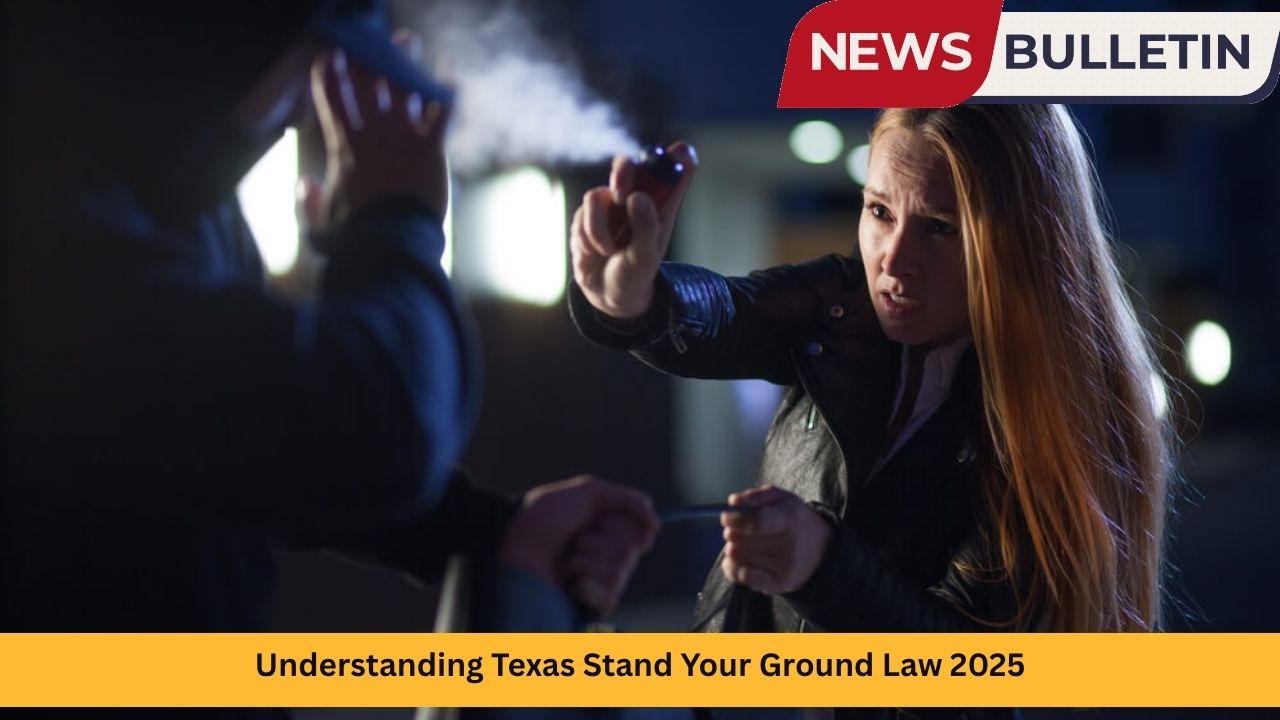



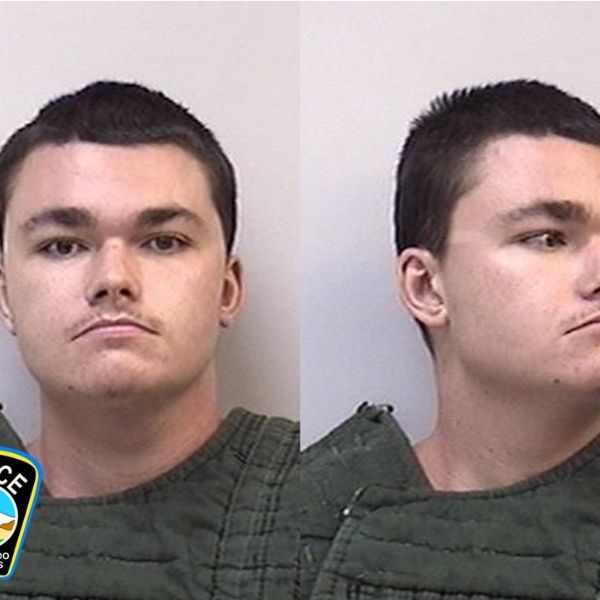


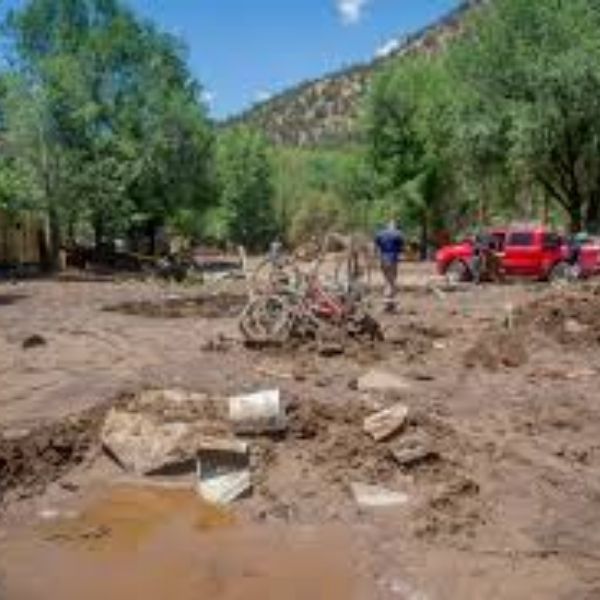


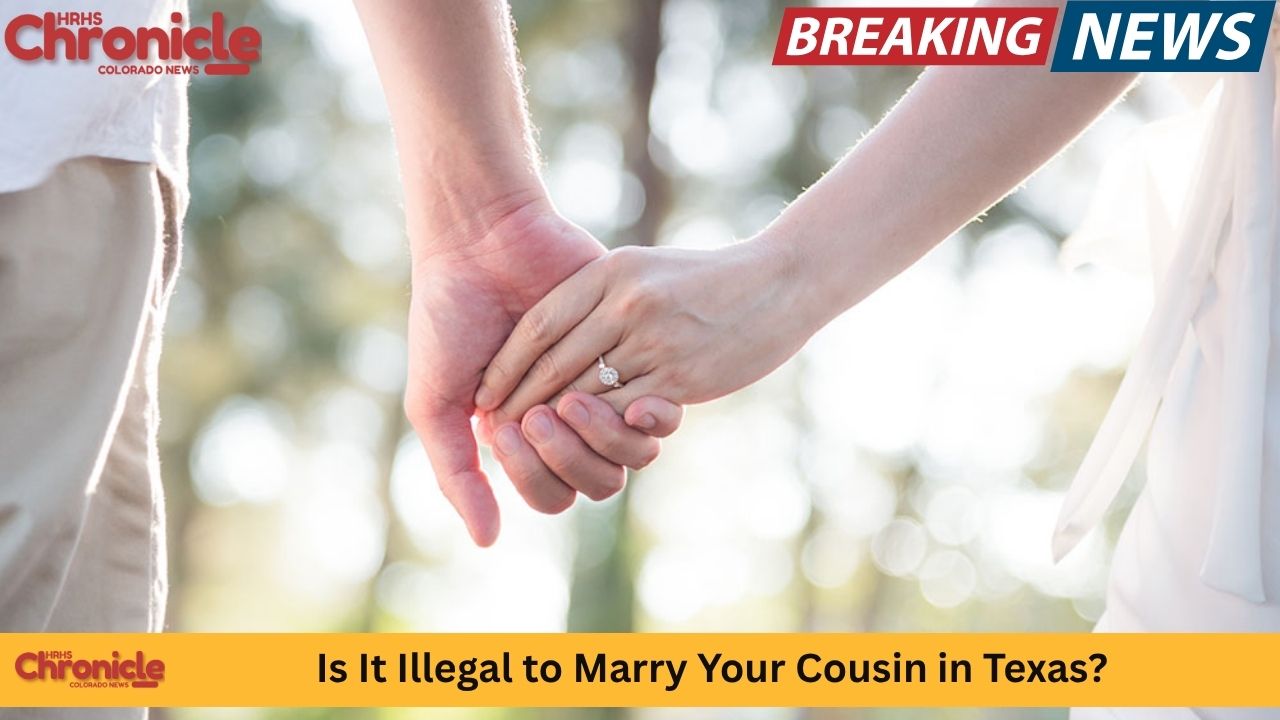
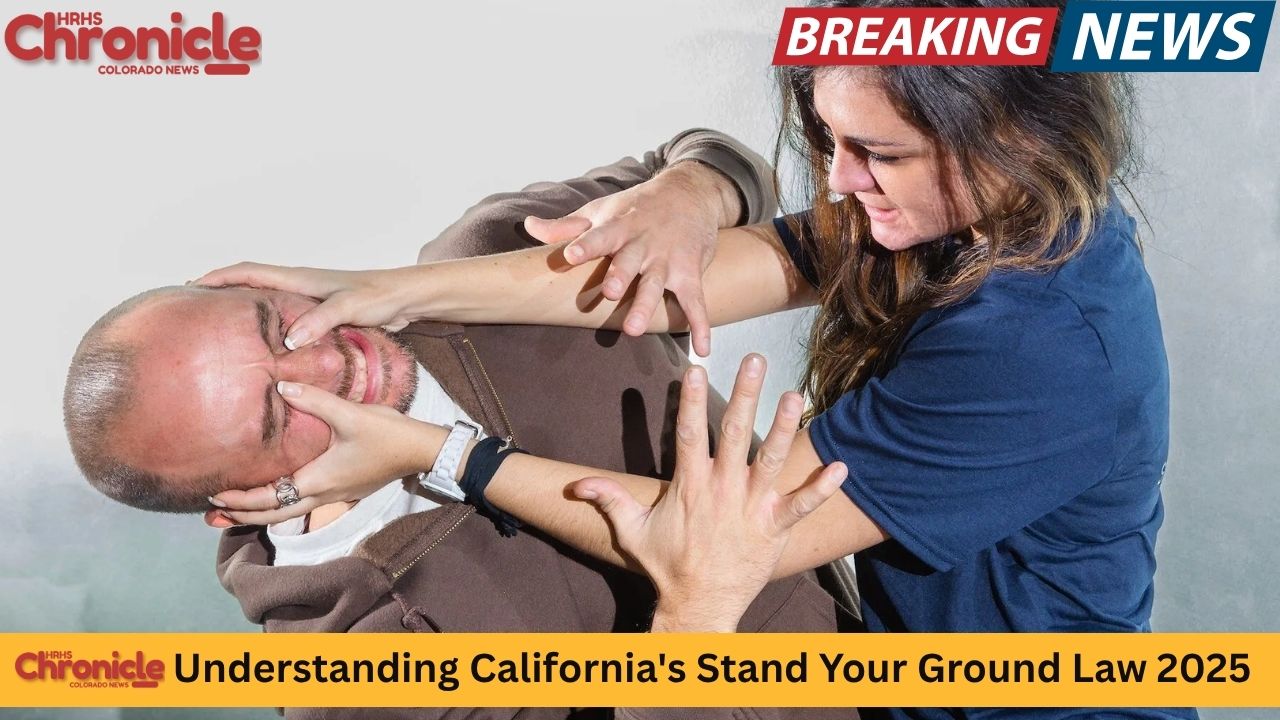



Leave a Reply